In this post, we will learn the concept of a submersible pump.
A pump is equipment that is used to suck and discharge any fluid at the desired flow rate. Pumps come in so many varieties that it is difficult to identify all of them.
Pumps are available in various categories. One such category is a well-pump. As the name suggests, this pump is used in bore-well, well, and underground tank sections.
A popular type of well pump is a submersible pump. This pump is submerged inside the water. In this post, we will understand the concept of the submersible pump.
What is a Submersible Pump?
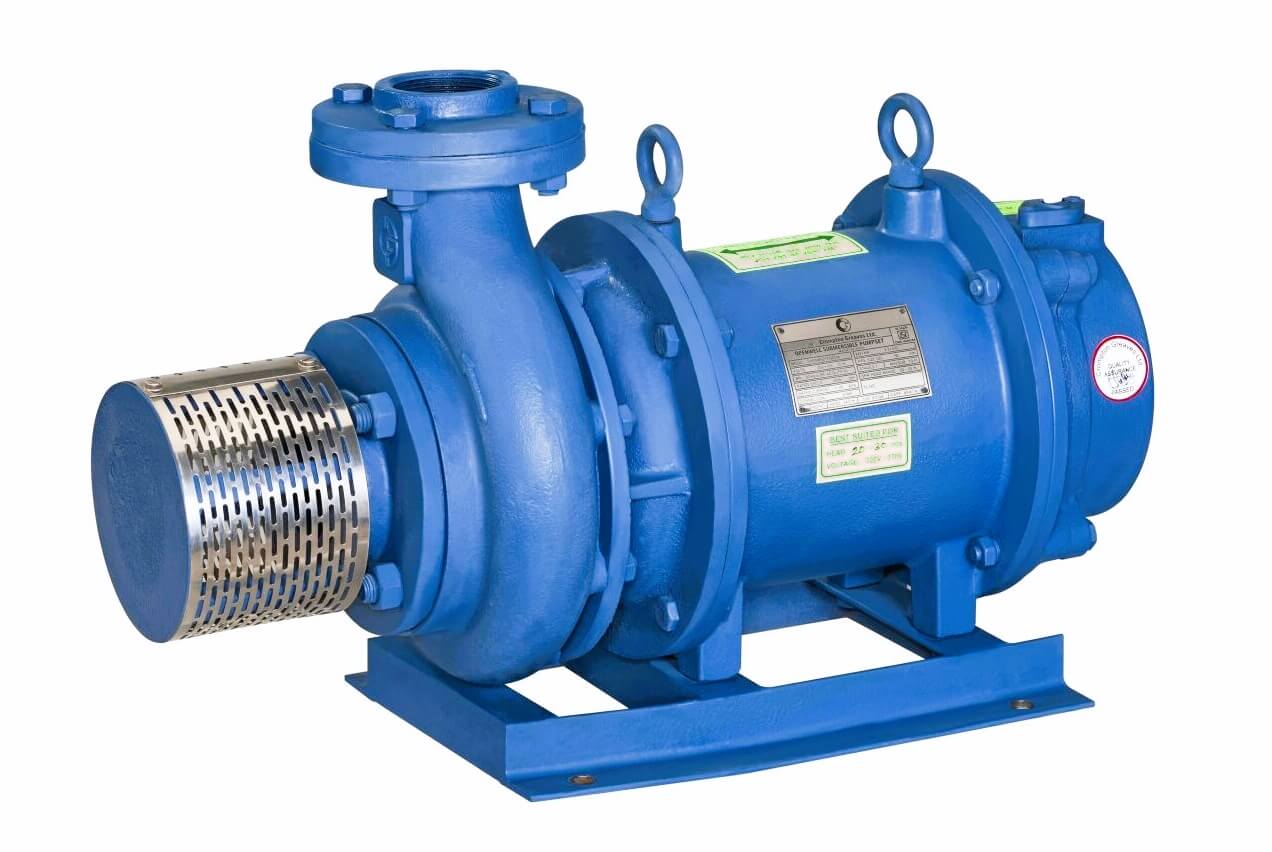
It is a centrifugal type of pump. Instead of pulling the water as in normal cases, the submersible pump pushes the water. It has a hermetically sealed motor connected to the pump body that helps to push the fluid toward the surface.
The impeller plates used in this pump are of backward curved type, which helps in pushing the water at a great force. The motor in it converts rotary motion into kinetic energy, and the diffuser blades further convert this kinetic energy into pressure energy.
Submersible Pump Working Principle
Refer to the below image for the structure of the submersible pump. The motor has a shaft that has many impeller blades connected one by one in series.
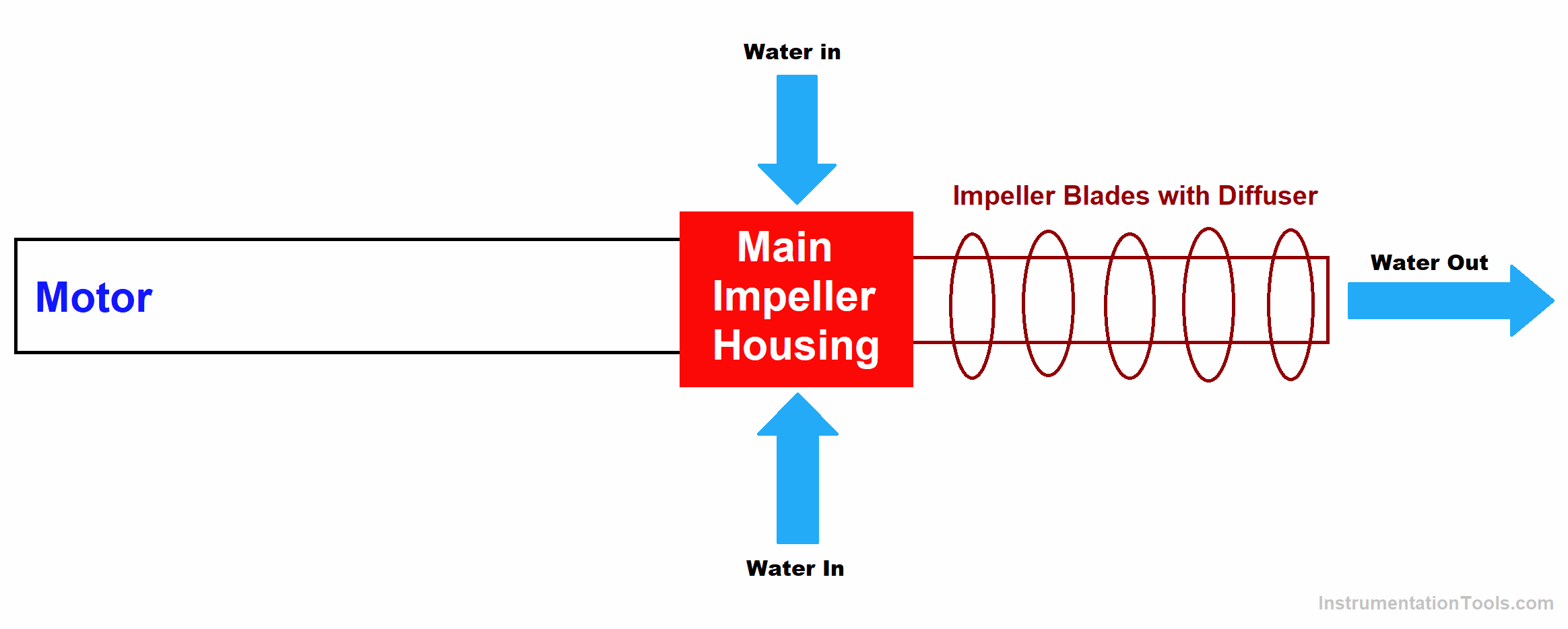
Water enters the main impeller body and due to centrifugal force (when the motor is running), it is pushed to the impeller blades. Due to this, the water gets both kinetic energy and pressure energy.
Now, to pass the water through the series of blades, a diffuser is used after each blade. Due to the use of a diffuser, the water is pushed to the next blade with an extra force.
So, after a series of blades, the water pressure will be much greater than it was at the start of the first blade. This produces a big pressure head without too much electrical power applied. The mechanical design of the pump helps in creating a great force.
At the end of the last blade, a non-slam check valve is used which narrows the area of fluid flow. This helps in pushing the water to a great height; maybe at the top of the well.
Types of Submersible Pumps
The following are the types of submersible pumps available in the market.
- Deep well pump
- Bottom suction pump
- Stainless steel pump
- Oil filled pump
- Submersible utility pump
- Water cooler pump
- Mixed and axial flow pump
Main Components of Submersible Pump
The following are the main components of a submersible pump.
- Clamps
- Check valve
- Submersible pump
- Pressure switch
- Torque arrester
- Tank tees
- Drain valves
- Relief valves
- Impeller
- Safety rope
- Pump cable
- Sediment filter
- Inlet and outlet valve
Advantages of Submersible Pump
The following are the main advantages of submersible pumps.
- The main issue in a centrifugal pump is cavitation, which occurs due to low pressure in the suction head. But, as this pump is pushing water instead of pulling water, it reduces the chances of the negative head on a large scale. This eventually reduces the issue of cavitation to a very great extent.
- It has the highest efficiency of all the centrifugal pumps.
- This pump does not require any priming.
- As the water pressure is increased naturally due to its design, there is no need for extra need of electrical power to increase efficiency.
Disadvantages of Submersible Pump
The following are the disadvantages of submersible pumps.
- The maintenance is complex and the cost is higher than other centrifugal pumps.
- The submersible water pump is hermetically sealed, which rusts over time. Therefore, water can enter the motor and damage its parts.
- The pump can be damaged if it is not submerged properly inside the water.
- It is true that water is pushed through this pump, but it is also true that water will be required though for its operation. If water is not there enough, then it may cause overheating of the pump.
- As the pump is present inside the water, its failure is difficult to detect many times.
In this way, we understand the concept of a submersible pump.
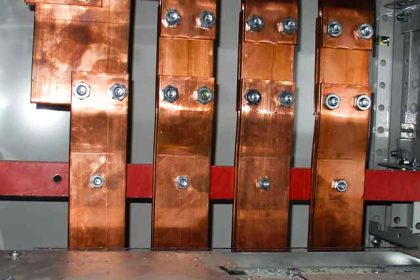

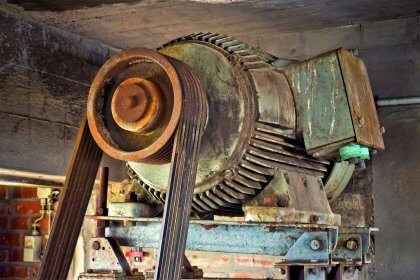
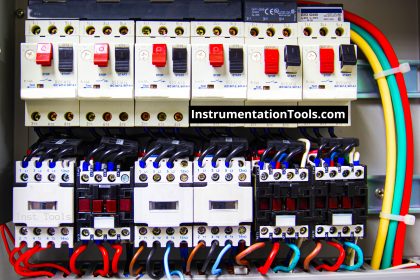
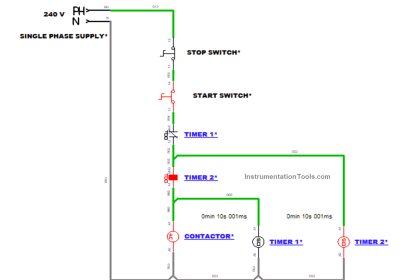
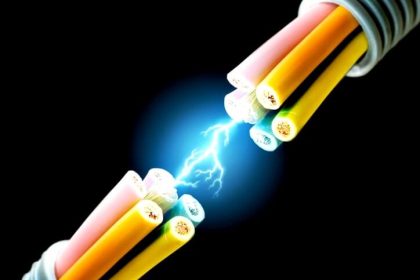
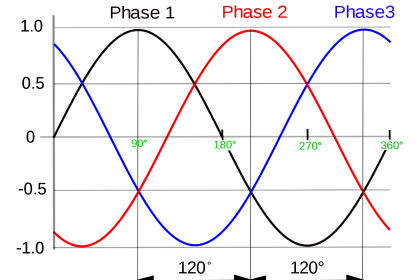
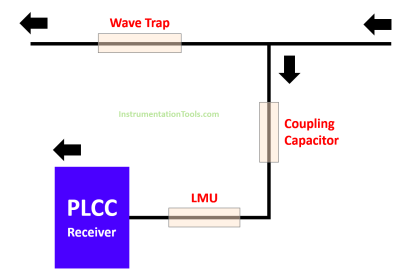
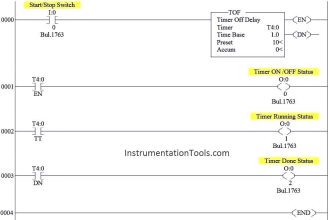
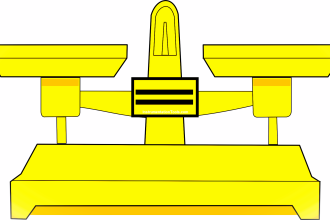
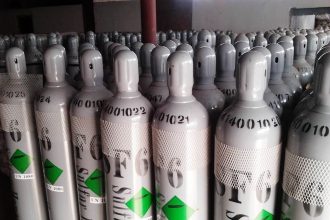

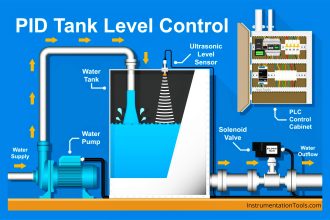
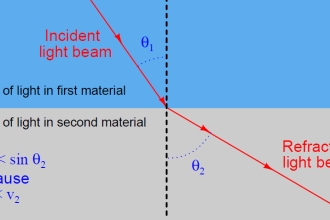
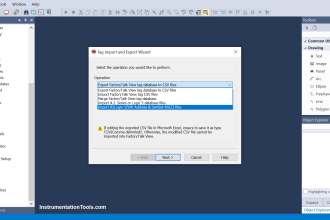
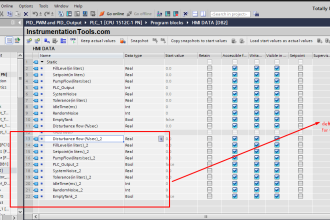

Your blog is a valuable resource. I appreciate the quality and variety of topics you cover. Looking forward to more!